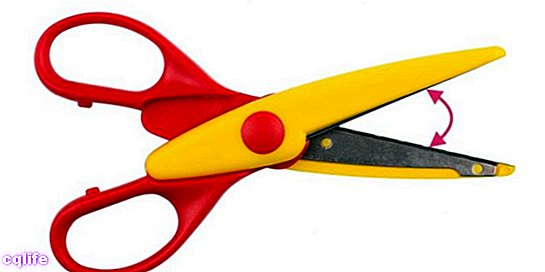We explain what an acute angle is, what its characteristics are and examples from everyday life. Also, other types of angles.

What is an acute angle?
In geometry, angles They are classified according to their degree of opening or closure, using different units of measurement. In this sense, acute angles are those that have an amplitude always less than 90 ° sexagesimal (or expressed in other units: 𝛑 / 2 radians, or 100g centesimals), although greater than 0 ° sexagesimal. That is, they are less open than a right angle, but more open than a null angle.
Put more simply, acute angles are those that have little opening (or a lot of closure), and that can generally be found in triangles and in geometric figures irregular. In fact, if we take a right angle and draw a line that divides it into two angles exactly in half, we will obtain two identical acute angles of 45 ° opening sexagesimal.
Acute angle characteristics
Acute angles are characterized by the following:
- They have a degree of opening that exceeds 0 ° and at the same time is less than 90 °. That is, it is an intermediate angle between the nulls and the straight ones.
- The vertex of the angle is at the exact point where the two rays intersect, that is, where their sides touch.
- They are the narrowest angles that can be built.
Examples of acute angles
The hands of a watch can form sharp angles at certain times.Some simple examples of acute angles are:
- The angle of a fully open staircase.
- The angle formed by the blades of a scissor.
- The angle the clock hands make when the large hand points to 3 o'clock and the small hand points to any region between 1 and 2 o'clock, inclusive.
- The angle that the pencil makes with respect to the paper when we write.
- The angle formed by the two equal sides of a right triangle.
- The angle formed by the two equal sides of an isosceles triangle.
- The angle formed by all the sides of an equilateral triangle.
Angle types
In the same way that there are acute angles, there are also four other different classifications of angles, which are:
- Null angles, those that form an angle of 0 °, that is, they are non-existent because their sides coincide.
- Right angles, those whose opening is exactly 90 ° sexagesimal (that is, their sides are perpendicular to each other).
- Obtuse angles, those whose opening exceeds 90 ° sexagesimal (that is, they are more open than a right angle).
- Flat angles, those that form 180 ° opening sexagesimal, since their sides are consecutive lines that meet at the vertex.
